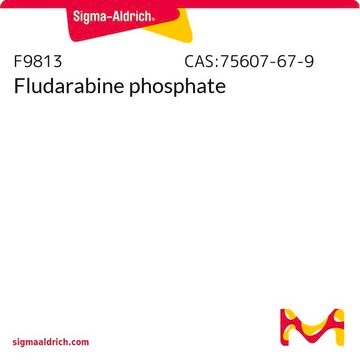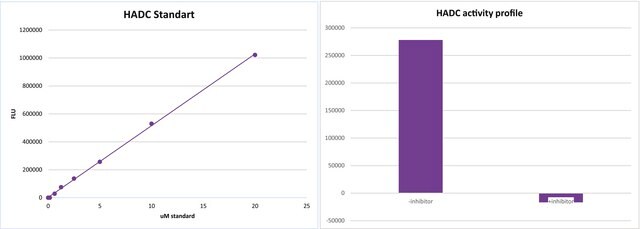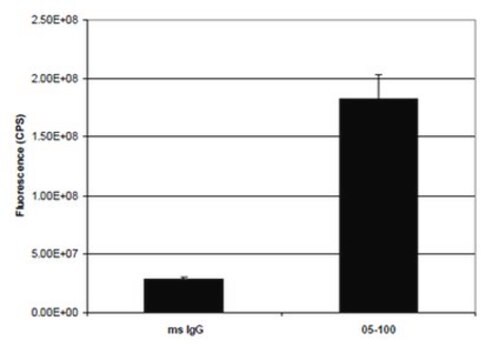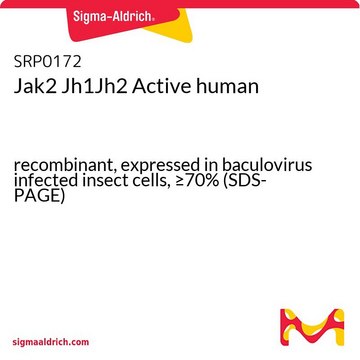H6287
Anti-Histone Deacetylase 1 (HDAC1) antibody, Mouse monoclonal
clone HDAC1-21, purified from hybridoma cell culture
Synonim(y):
Monoclonal Anti-Histone Deacetylase 1 (HDAC1) antibody produced in mouse
About This Item
Polecane produkty
pochodzenie biologiczne
mouse
Poziom jakości
białko sprzężone
unconjugated
forma przeciwciała
purified immunoglobulin
rodzaj przeciwciała
primary antibodies
klon
HDAC1-21, monoclonal
Postać
buffered aqueous solution
masa cząsteczkowa
antigen ~65 kDa
reaktywność gatunkowa
mouse, human
stężenie
~2 mg/mL
metody
immunoprecipitation (IP): suitable
indirect ELISA: suitable
microarray: suitable
western blot: 2-4 μg/mL using total cell extracts of HeLa cells
izotyp
IgG3
numer dostępu UniProt
Warunki transportu
dry ice
temp. przechowywania
−20°C
docelowa modyfikacja potranslacyjna
unmodified
informacje o genach
human ... HDAC1(3065)
mouse ... Hdac1(433759)
Opis ogólny
Zastosowanie
- enzyme-linked immunosorbent assay (ELISA)
- immunoprecipitation
- immunoblotting
Działania biochem./fizjol.
Postać fizyczna
Oświadczenie o zrzeczeniu się odpowiedzialności
Nie możesz znaleźć właściwego produktu?
Wypróbuj nasz Narzędzie selektora produktów.
Kod klasy składowania
10 - Combustible liquids
Certyfikaty analizy (CoA)
Poszukaj Certyfikaty analizy (CoA), wpisując numer partii/serii produktów. Numery serii i partii można znaleźć na etykiecie produktu po słowach „seria” lub „partia”.
Masz już ten produkt?
Dokumenty związane z niedawno zakupionymi produktami zostały zamieszczone w Bibliotece dokumentów.
Produkty
Huntington's disease (HD) is an autosomal dominant, late-onset neurodegenerative disorder characterized by a selective neuronal cell death in the cortex and striatum leading to cognitive dysfunction, motor impairment and behavioral changes.
Nasz zespół naukowców ma doświadczenie we wszystkich obszarach badań, w tym w naukach przyrodniczych, materiałoznawstwie, syntezie chemicznej, chromatografii, analityce i wielu innych dziedzinach.
Skontaktuj się z zespołem ds. pomocy technicznej







